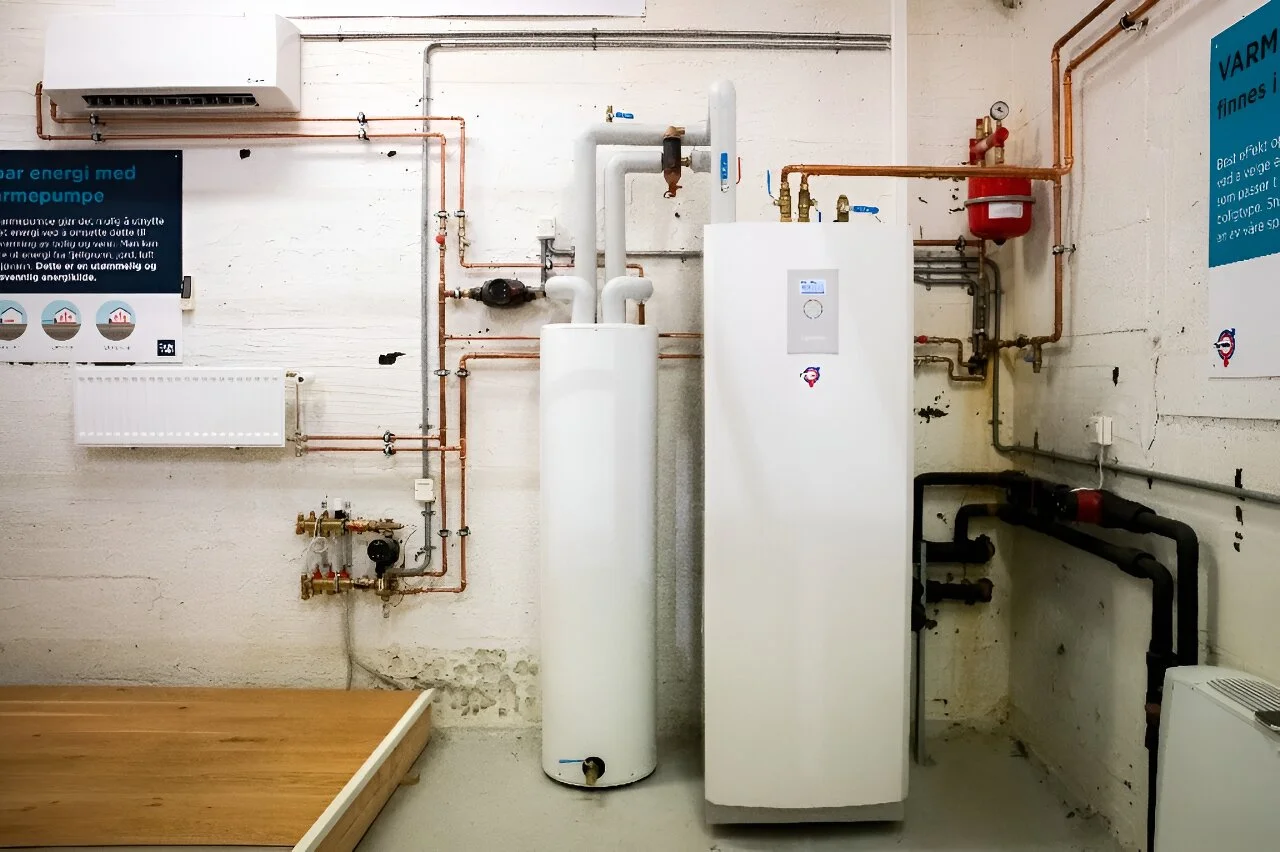- cross-posted to:
- [email protected]
- [email protected]
- [email protected]
- cross-posted to:
- [email protected]
- [email protected]
- [email protected]
Heat pumps can’t take the cold? Nordics debunk the myth::By installing a heat pump in his house in the hills of Oslo, Oyvind Solstad killed three birds with one stone, improving his comfort, finances and climate footprint.



Based on context, I’d assume that the loss of efficiency of the batteries in the cold led the vehicle to over-estimate the range of the vehicle. If the car says it has 50 miles of range and the next DC charger is 40 miles away, I could imagine a situation where I’d get 30 miles down the road before the range estimate shows that there’s actually only 35 miles of range because you wanted cabin heat.
EVs are weird in lots of ways when compared to ICE, and we’re still figuring out lots of the problems that need solving.
And the people driving them are still learning the quirks for specific circumstances. Many drivers know you need to let a fuel car warm up more or to give it extra gas in XYZ scenario, but those same people won’t always know what to do when switching to electric. Or they might instead do something that helped on a fuel vehicle, but actively harms on an electric, especially with the many manufacturer specific options that have no consistent naming. Hopefully we get some naming consistency soon, if for nothing else than ease of use.
Again, are you under the impression that gas cars don’t have the same problem?
And go ahead and ask yourself this again before submitting your next reply.
Most EVs will factor temperature and climate use in their range predictions.
If you are in a traffic jam, you lose range because of the heating. For gas cars, that doesn’t matter at all.
A 1kw heater (less, given they’re all heat pumps these days) isn’t doing squat to the range compared to an 80kw motor.
A gas car has to idle its engine to get heat. It’s burning fuel constantly… that’s why you frequently see broken down gas cars in heavy traffic.
https://youtu.be/dFImHhNwbJo?si=7eXmkPeti8dSWdDV&t=227
1l/h as I noted further down. Still less range lost relative to the maximal range than in an EV.
Do you have a 100l tank?
Because my ev uses about 1% an hour for heating.
The whole discussion started for winter conditions. You can find the numbers in the other comment thread.
Yeah? I am talking about winter conditions…
Here is an alternative Piped link(s):
https://piped.video/dFImHhNwbJo?si=7eXmkPeti8dSWdDV&t=227
Piped is a privacy-respecting open-source alternative frontend to YouTube.
I’m open-source; check me out at GitHub.
…where do you think the heat comes from in gas cars?
Electric heat doesn’t use that much energy. You can be parked for several days with the heat on in freezing weather and be fine.
From cooling the engine. When you are standing still and the engine is running it consumes about 1l/h. I just looked up some numbers for EVs: 100kWh battery, heating takes 1kW for every 10K temperature difference, so 3kWh in -10°C. Its higher if you use additional stuff like the heating for the seats. With 150kWh/100km consumption you lose 20km every hour you are in the heated car. I would say that’s a noticeable difference compared to no heating. I also checked how much an AC takes in summer and its about 1 to 2kW for 30°C.
Yes, keep going. Now where do you think the heat in the engine comes from?
The heat doesn’t use anymore than the AC because it’s the same system running in reverse.
Using heated seats offsets the need to heat the air.
WTF is this, a dump truck? It’s ~240wh/mi x 62 miles = <15kWh/100km
The answers to your question is already in my post and the 150 was obviously a typo, because the loss in range checks out. It should be 15. AC uses less because the temperature difference is less.